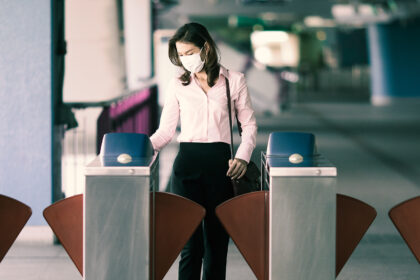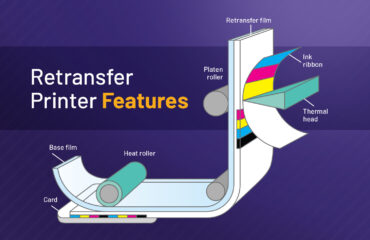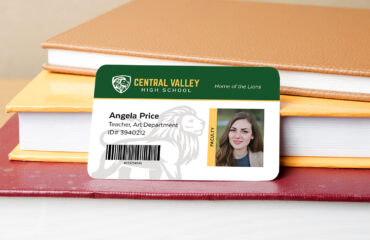
After a long lockdown, many employees are now returning to the office. The public transportation industry is working hard to get commuters to work safely, posting social distancing instructions, floor decals, and signs indicating where to sit and stand. But traveling on the bus, subway, and train involves closer quarters where maintaining a six-foot distance isn’t always possible. Are you doing everything you can to minimize the spread of germs and keep safe during the COVID pandemic? We’ve compiled a helpful checklist of public transportation safety procedures to help get you where you need to go – safely.
Good Ventilation
COVID is a respiratory virus with droplet transmission, meaning proper ventilation is of utmost importance for travelers using a closed-in space like a bus, subway, or train. When choosing between these methods of transit, the more windows, the better chance of ventilation. For instance, opt for a bus or train over an underground subway.
Outdoors vs. Indoors
If you do need to take public transit, the less time you spend in contact with others in close quarters, the lower the risk of transmission. If you can spend a portion of your commute outdoors walking or biking, for instance, you’ll be better off than staying in a subway for that same span of time. Taking your own car is another good alternative, though you’ll need to weigh that with environmental impact and traffic considerations.
Choose Quieter
When using public transit, choose an option that’s quieter. A route with more noise translates to a greater chance of contagion. Having to shout or lean in closer to hear over loud noises will all carry greater risk than a route that’s silent, with passengers reading the paper or engaged with their phones.
Get Some Space
Avoid crowds by traveling at non-peak times. Travel outside of rush hour by heading into work an hour earlier or later than usual. Once on the bus or subway, choose a seat that’s physically distant from your fellow travelers. If you need to touch a surface during your travels, make wise choices and go for the less-used spots. For instance, studies show that bus travelers use vertical rails more often than straps, so a strap might pose less risk of transmission. And of course, practice good hand-washing habits once you reach your destination.
Use Touchless Payment
In addition to respiratory droplets, the virus can also be spread by touching contaminated surfaces. Avoid frequently touched surfaces and cash handling at the turnstiles by using travel cards with contactless technologies. With a travel card, you can purchase your tickets online without having to visit a ticket office or machine. Often you can find a single access card that works across multiple transport network partners. Get touch-free admittance by simply tapping your ID card to a machine.
All in all, wearing a mask in well-ventilated areas, limiting your time spent in enclosed quarters, practicing social distancing, and minimizing touch with contactless cards can all help reduce the spread when using public transportation.
For more information on contactless card technology, or any of Swiftpro’s other safety and security features, contact us today!


